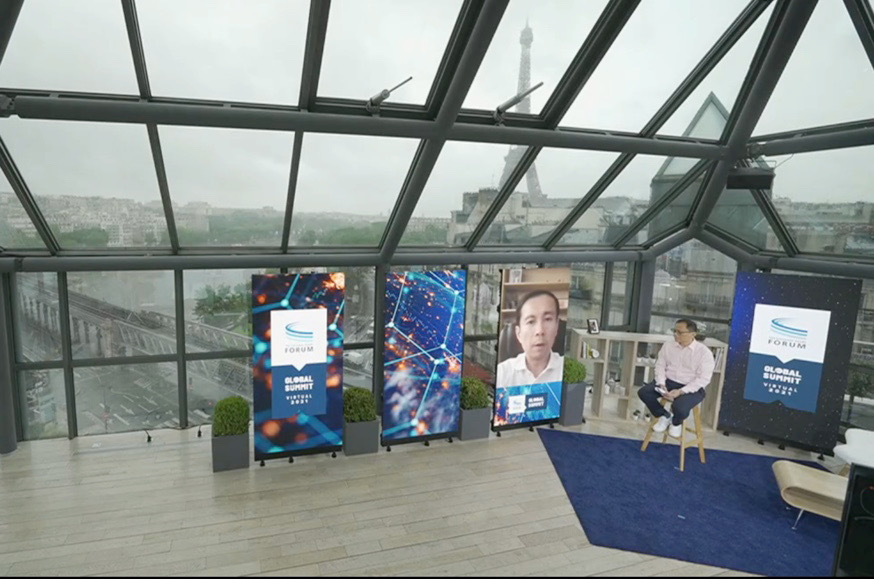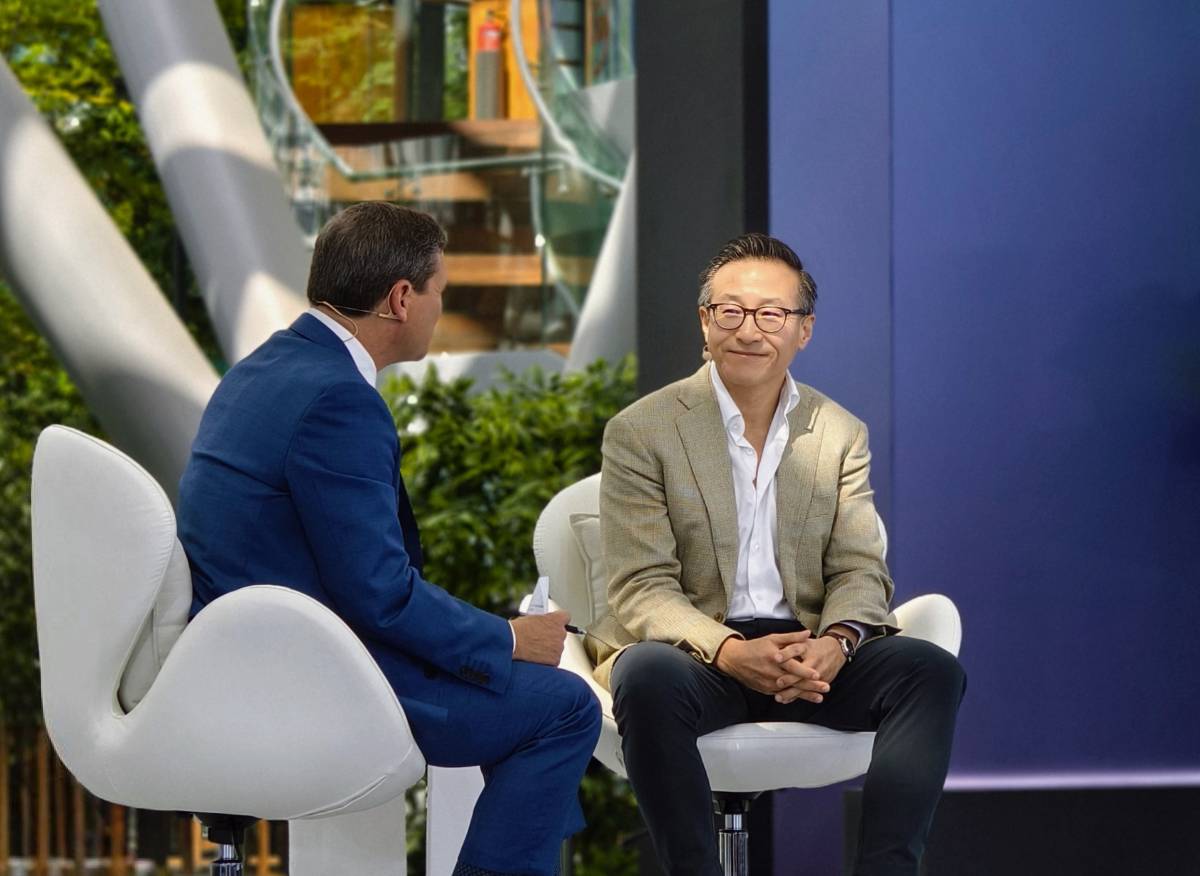
Daniel Zhang, Chairman and CEO of Alibaba Group
Alibaba Group Chairman and CEO Daniel Zhang predicted the rise of a new generation of digitally native consumer brands around the world, where designers use data analytics to meet changing consumer trends.
The coronavirus pandemic has transformed how people build businesses, noted Zhang citing the e-commerce giant’s experience in China. He sees direct-to-consumer business models (D2C) coming to the fore, as it allows entrepreneurs to ship products straight to buyers without relying on traditional stores.
“I strongly believe this is going to happen elsewhere in the world, but China is obviously taking the leading position and moving very quickly, especially for new brands’ development and the D2C model,” said Zhang on Tuesday.
Retailers are also ramping up their integration of digital sales channels with bricks-and-mortar stores. Alibaba plans to innovate new retail formats in a range of categories, including furniture and fast fashion.
Zhang was speaking remotely at the virtual Global Summit, the flagship annual event hosted by The Consumer Goods Forum (CGF), a CEO-led network of some 400 retailers, manufacturers and service providers.



“Today in China, there are many, many emerging brands,” said Zhang during the fireside chat at the conference on Wednesday, against a backdrop of the Eiffel Tower in Paris.
Digitally native brands showcased their wares to China’s consumers at China’s second-largest digital shopping festival earlier this month, dubbed 6.18. Many of these challenger brands have thrived and transformed into unicorns, privately owned companies worth over US$1 billion.
D2C underwear brand Ubras saw sales hit RMB100 million (US$15.4 million) on its first day of sales during the 6.18 shopping gala. Tmall, Alibaba’s B2C online marketplace, is Ubras’ core sales channel but it started expanding offline in 2019 with stores in Beijing, Shanghai, Hangzhou and Chongqing.
China has been a hotbed of creativity for such digitally savvy brands, partly due to the country’s large consumer market, deep digital penetration and mature supply chain. The brands are also tapping into customer insights generated by digital platforms such as Alibaba to inform product design.
“They quickly react to the people’s demand and create new products and develop new categories,” said Zhang.
Ms MIN, a fashion brand that started in 2010 on Alibaba’s Taobao Marketplace, which means “search for treasure” in Mandarin, now operates a workshop in Xiamen of over 1,000 square meters for design, product development and manufacturing. Its clothes and accessories are available at domestic and international stores, such as Lane Crawford, a luxury fashion retailer.
The founder of Ms MIN, Min Liu, believes that Alibaba’s Tmall, a third-party online and mobile commerce platform for brands and retailers, helps designers obtain consumer feedback that can spark original ideas.
“Ms MIN has become increasingly well-known, but we wouldn’t have come this far without the platform,” she said.



Many brands start out by adopting a D2C business models, allowing them to sell at a lower cost and experiment with distribution models.
Once they spot consumer trends, these nimble brands take a very short time to take new products to market.
Bosie, a Chinese unisex fast fashion brand, is trending as gender boundaries blur among China’s Generation Z consumers, born between the mid-1990s and the early 2010s. The brand launched a store on Tmall later that year.
“China is actually moving very quickly [in this regard]. In the rest of the world, I think young brand incubation actually still takes some time because penetration still needs to be improved on the consumer side,” said Zhang.
More broadly, the pandemic has pushed traditional retailers to embrace digital channels as a means of serving customers seamlessly, even during lockdowns. However, as economies open up around the world, retailers are still figuring out how to best leverage their physical stores now that consumers’ shopping habits have changed.
“It’s a common challenge for many, many, retailers,” said Zhang.
Alibaba has been helping empowering traditional retailers with digital capabilities to help them create incremental sales opportunities away from stores and migrate to the cloud. It has also worked with clients to integrate offline and online models. At Tmall, 20% to 30% of online orders are fulfilled by physical stores, either by consumers picking up their purchases at the stores or the stores shipping them to consumers’ homes.
Going forward, Alibaba plans to continue innovating retail formats in different categories, such as furniture and fast fashion.
“We need to give people a real reason to go back to stores, in terms of experience, in terms of service,” said Zhang. “This integrated model could be the future of retail. It’s not only about a standalone sales opportunity; it’s all about redefining the customer experience that goes beyond their expectations.”
Additional reporting by Christine Chou and Cecilia Li
To receive the latest news directly in your inbox, sign up for the weekly Alizila newsletter.




